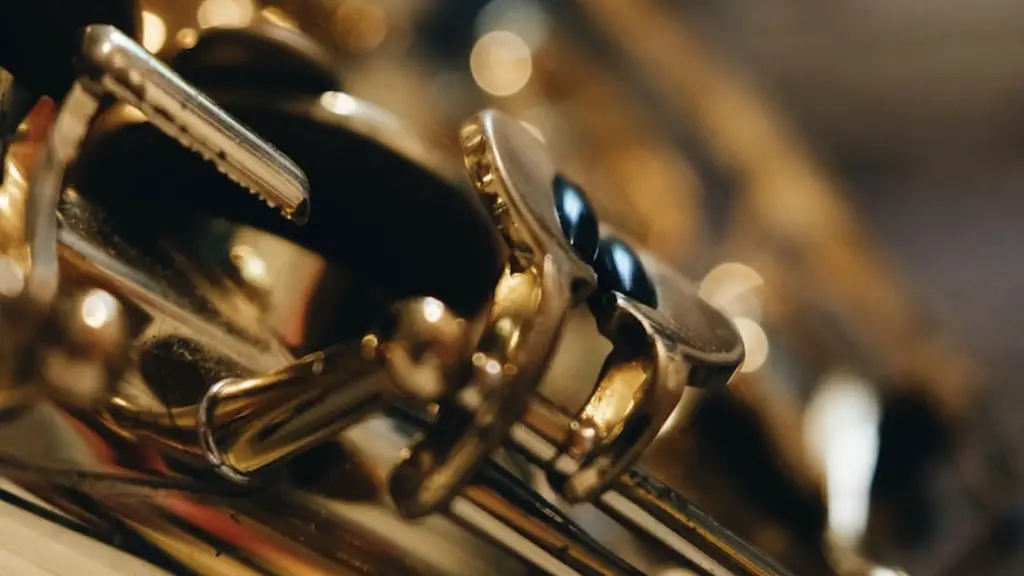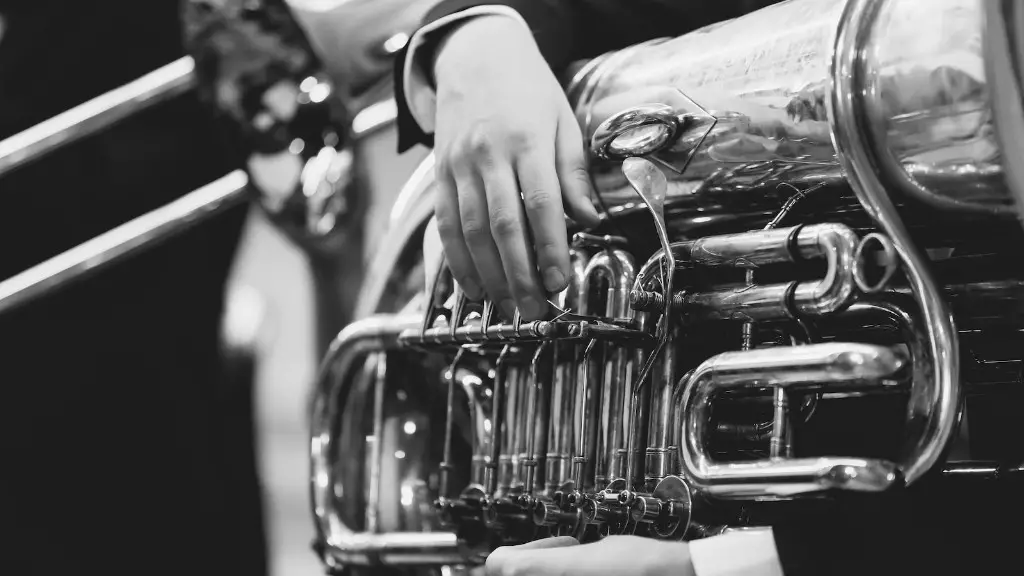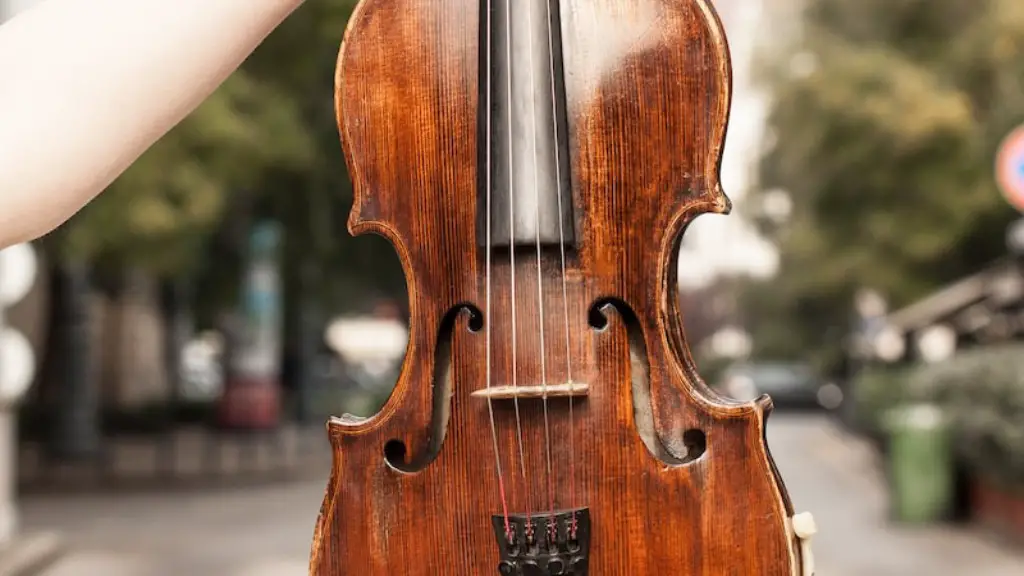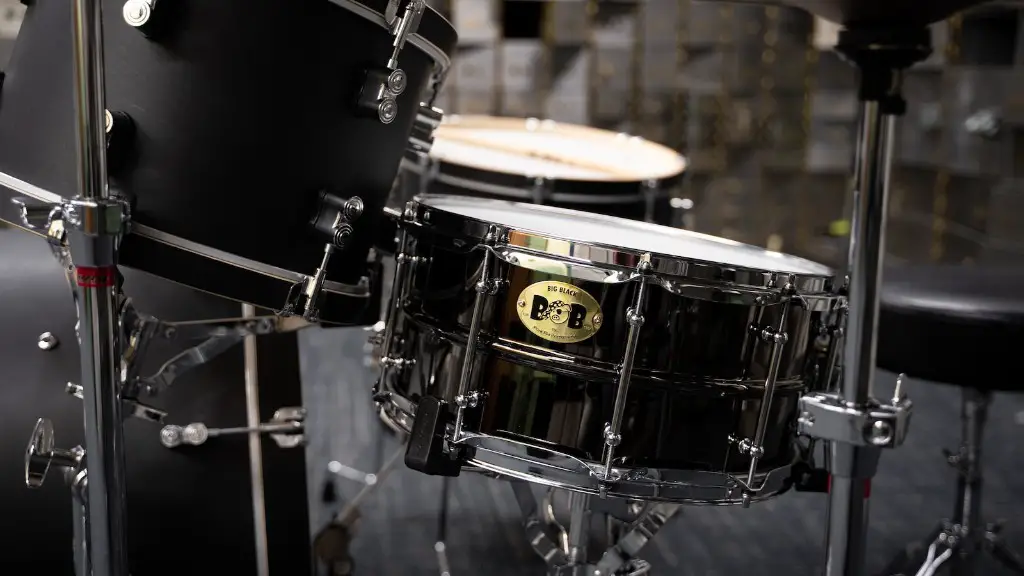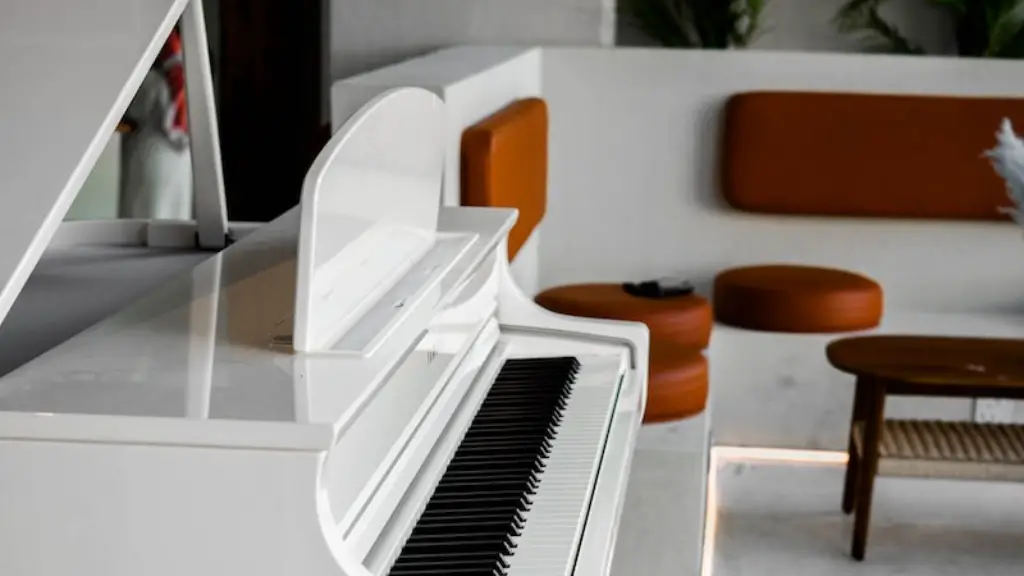Yes, you can carry a saxophone on a plane. There are a few things to keep in mind, however. First, you will need to get a case that is specifically designed for a saxophone. These cases are generally larger and heavier than a normal musical instrument case, so keep that in mind when packing. You will also want to make sure that the case is well-padded to protect the instrument from any bumps or jostling during the flight. Finally, you will need to check with the airline to see if there are any restrictions on carrying musical instruments on the plane. Some airlines may have size or weight limits, so it is always best to check in advance.
Saxophones are allowed as carry-on items on airplanes, but they must be placed in a suitable carrying case. The case must be able to fit in the overhead bin or under the seat in front of you.
Can you take musical instruments on a plane?
The FAA requires that airlines allow passengers to carry small musical instruments into the cabin and store them in a suitable baggage compartment, such as the overhead bin or under the seats. This rule is in place to ensure the safety of all passengers onboard the aircraft.
The new law does not require exceptions to the rule that passengers are permitted one carry-on bag and one personal item.
Can you gate check an instrument
If you have an instrument that is too large to be a carry-on, you can gate check it. The flight attendant will put a pink tag on it, and it will be the last item on the plane and the first item off the plane.
Instrument must not exceed 165 pounds or 75 kilograms
Instrument must not exceed 126 inches or 320 centimeters in length
You may not block the aisle
You may not occupy a seat that has been purchased by another passenger
You may not place the instrument in an emergency exit row
You must follow the instructions of the crew
You are responsible for the safety and security of the instrument
You are responsible for any damage caused by the instrument
Do airlines charge extra for musical instruments?
The Federal Aviation Administration (FAA) has stated that airlines must allow passengers to carry small musical instruments in the aircraft cabin without an additional fee. These instruments include violins, guitars, and other small musical instruments that can fit under the seat or in the baggage compartment. Standard carry-on charges would still apply.
musical instruments must undergo screening when transported as carry-on or in checked bags. Musical instruments transported as carry-on require a physical inspection at the security checkpoint. Inform the TSA officer if your instrument requires special care and handling.
What are instruments flight rules?
An IFR flight plan is filed with air traffic control to fly in instrument meteorological conditions (IMC) using only reference to instruments, and is aircraft-specific. It designates both the routing the pilot intends to fly and the minimum altitude the pilot wishes to maintain between reporting points. This differs from visual flight rules (VFR), where generally the pilot can see where they are going and therefore needs no specific weather clearance or route to follow.
IFR flights require an ATC clearance and are subject to ATC separation rules, regardless of visibility. When operating under IFR, pilots must maintain certain separation minima from other aircraft and certain distances from terrain and clouds. In controlled airspace, ATC provides separation between aircraft operating under IFR and ensures that adequate spacing exists between IFR aircraft and terrain, and between IFR aircraft and VFR aircraft.
According to the TSA, liquid or gel food items larger than 34 oz are not allowed in carry-on bags and should be placed in your checked bags if possible. This is to prevent cluttered bags and obstructions on the X-ray machine. If you are carrying these items, be sure to follow the officer’s instructions on how to properly separate them.
How do you take musical instruments on a plane
We are happy to allow musical instruments on our flights, at no additional cost. Guitars can be carried in hand baggage if they are packed in soft cases, but other instruments must be packed properly and can only be carried in check-in baggage. Thank you for flying with us!
Carry-on baggage policies vary by airline, but most allow small musical instruments like the soprano and alto saxophones as long as they fit in the overhead bin or under the seat in front of you. Tenor saxophones are usually allowed as well, but you may have to check them at the gate due to their size. Make sure to put your saxophone in a contoured case to protect it during transport.
What instruments are required for instrument flight?
Instrument requirements for VFR flight during the day are: airspeed indicator, altimeter, magnetic direction indicator, tachometer for each engine, oil pressure gauge for each engine, temperature gauge for each liquid-cooled engine.
We are pleased to announce that the US Department of Transportation has passed a rule requiring airline carriers to allow small musical instruments on board aircraft as a carry on just like any other piece of luggage. This is great news for musicians who often find themselves struggling to bring their instruments onboard with them. We hope that this will make traveling with musical instruments a much easier and more enjoyable experience for everyone involved.
Can an instrument be a personal item
If you are travelling with a small instrument, you can either treat it as a carry-on item or a personal item. If it is a personal item, it will need to fit under the seat in front of you. If it is a carry-on item, it can go in the overhead bin but this will count against your carry-on allowance.
Inflight services, streaming apps, and MP3 converters are great ways to listen to music offline while you’re on a long flight. With these tools, you can access your favorite tunes without any data or Wi-Fi, so you can enjoy your music without worrying about using up your data or being without a connection.
How much does instrument flight cost?
As you know, the average cost for an Instrument Rating is$13,000 – $15,000, but students learn at different rates. Some students may require more hours than the nationwide average of 50 to complete their rating, and this will of course increase the cost. Thank you for your understanding.
Airspeed indicator – measures the plane’s speed in relation to the air around it.
Attitude indicator – shows the plane’s pitch and roll in relation to the horizon.
Altimeter – measures the plane’s altitude in feet or meters.
Turn coordinator – shows whether the plane is coordinated during a turn.
Heading indicator – shows the plane’s heading in relation to the heading bug.
Vertical speed indicator – shows the plane’s rate of climb or descent.
Can airport security see everything in your bag
Baggage scanners are explicit enough to pick up detailed images of your luggage contents. They can detect metallic and non-metallic objects, including most organic materials. However, there are some items that may not be picked up by the scanner. These items include lead, plastics, and certain types of clothing.
Dangerous goods are items or substances that when transported by aircraft are a risk to health, safety, property or the environment. Some examples of dangerous goods are explosives, compressed gases, poisons, lithium batteries, radioactive materials, strong acids, and aerosolable flammable liquids. It is important to take care when transporting or handling these items to avoid any accidents or injuries.
Conclusion
The answer is yes, you can carry a saxophone on a plane.
A saxophone is a wind instrument that is part of the woodwind family. You can indeed carry a saxophone on a plane as long as it is in a case that meets the size and weight restrictions of the airline. It is always a good idea to check with your airline beforehand to make sure that they allow saxophones on board.
